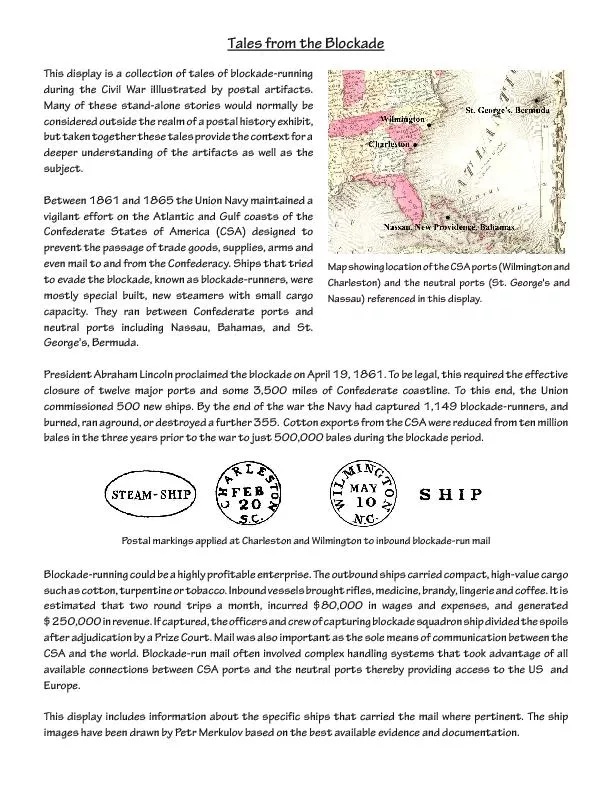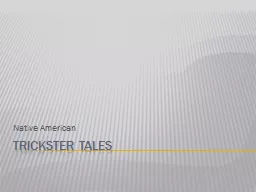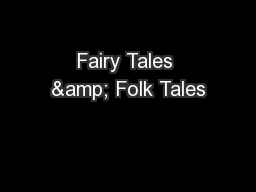PDF-Tales from the Blockade
Author : tatyana-admore | Published Date : 2016-05-15
This display is a collection of tales of blockaderunning during the Civil War iIllustrated by postal artifacts Many of these standalone stories would normally be considered
Presentation Embed Code
Download Presentation
Download Presentation The PPT/PDF document "Tales from the Blockade" is the property of its rightful owner. Permission is granted to download and print the materials on this website for personal, non-commercial use only, and to display it on your personal computer provided you do not modify the materials and that you retain all copyright notices contained in the materials. By downloading content from our website, you accept the terms of this agreement.
Tales from the Blockade: Transcript
Download Rules Of Document
"Tales from the Blockade"The content belongs to its owner. You may download and print it for personal use, without modification, and keep all copyright notices. By downloading, you agree to these terms.
Related Documents














